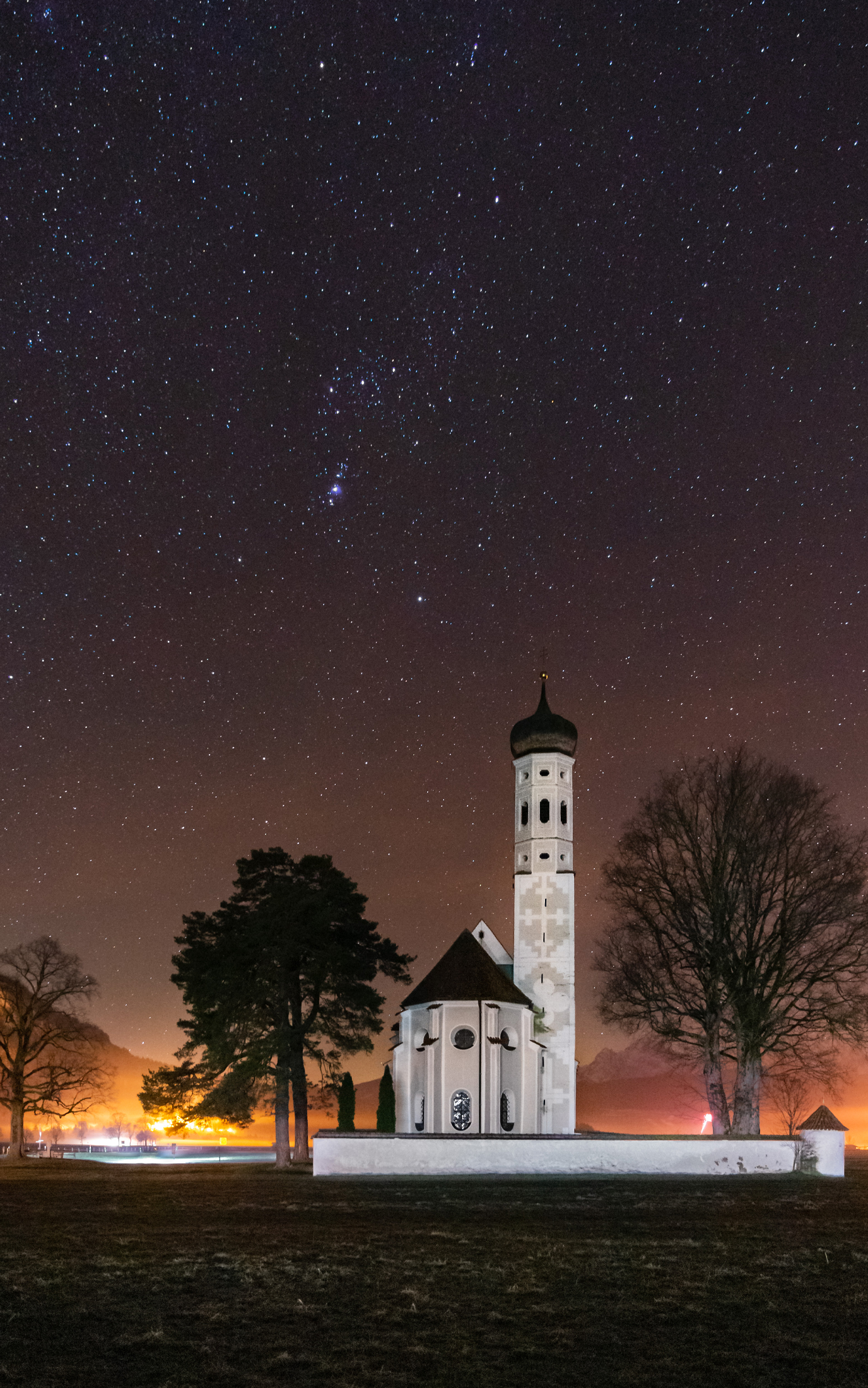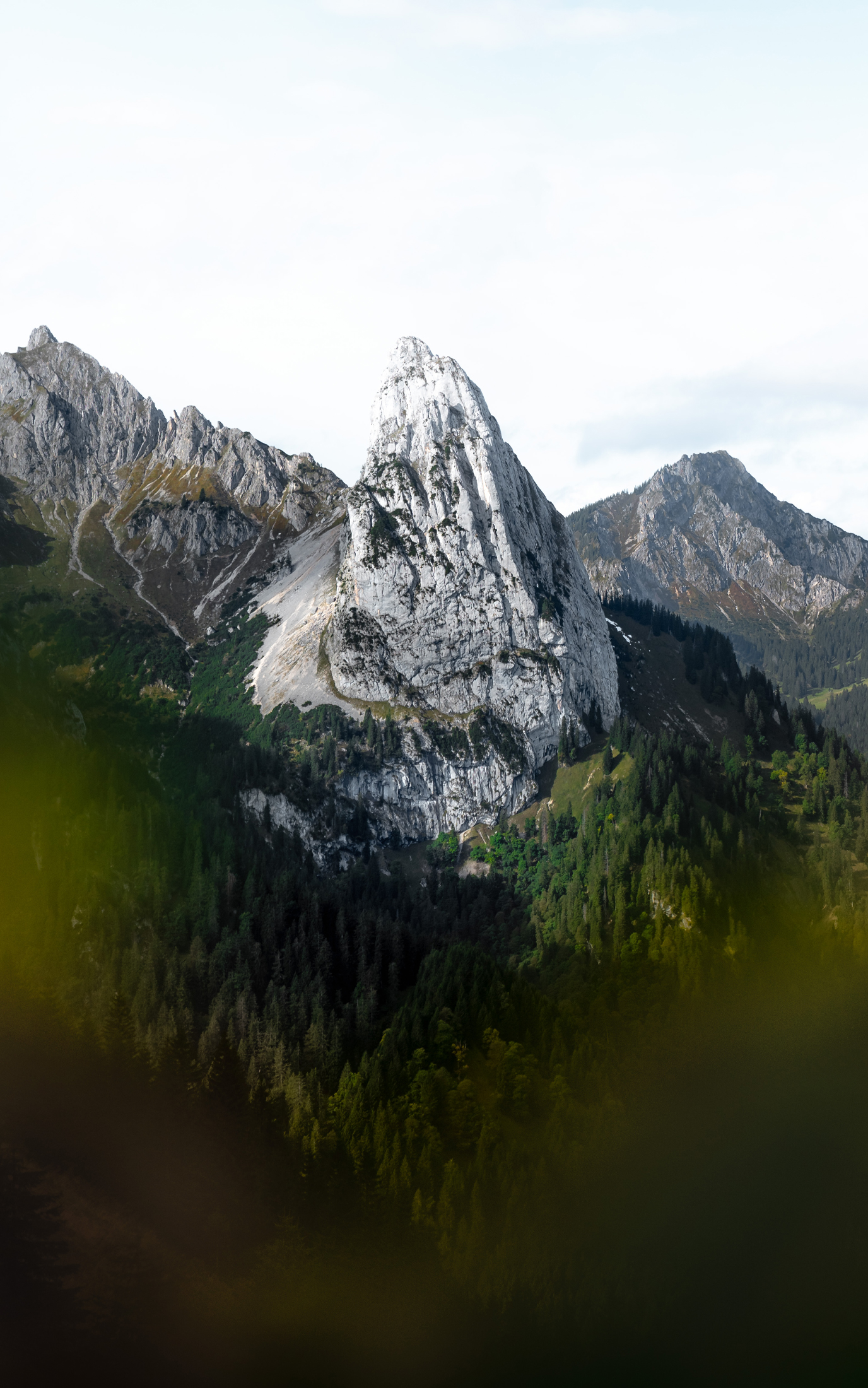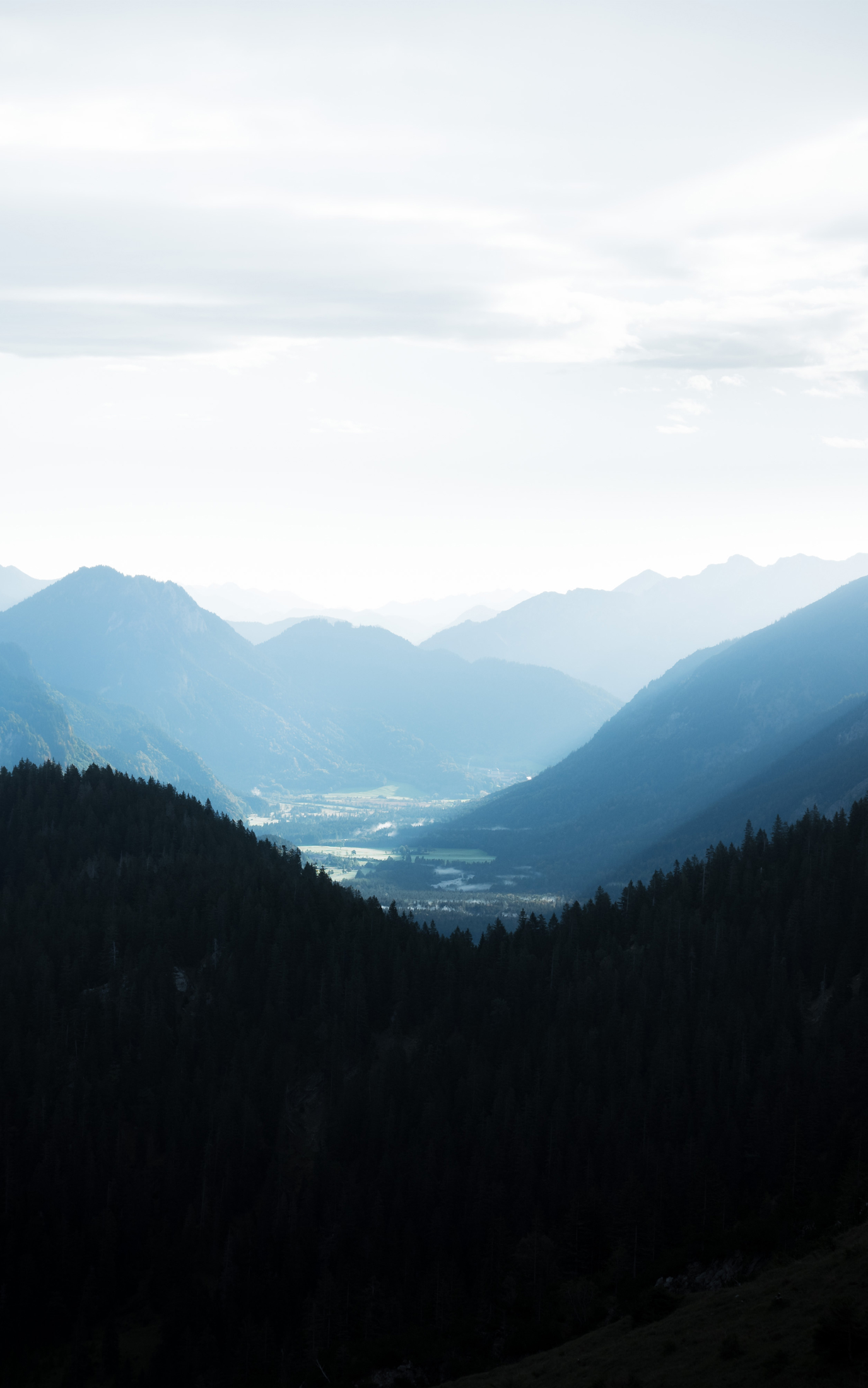The still young Ammergau Alps Nature Park is, along with the Allgäu Nagelfluh chain, one of the two German Alpine Nature Parks and offers diverse and varied natural spaces.
Blue hour at Plansee. It is the second largest natural lake in Tyrol and is connected to Lake Heiterwang. It was once a huge meltwater reservoir from the Ice Age and is now used as a water reservoir. The prominent Thaneller (2341 m) rises in the background.
View into the Lechtal. The sun sets behind the peaks of the Allgäu high Alps. The Lechtal Alps begin on the left. The Lech runs in between.
The summit of the Tauern near Reutte is not only worthwhile because of the magnificent view of the Plansee and Heiterwang lakes. You also have a wide view of the Allgäu Alps with the Hochvogel and the Mountains of Tannheim.
The southern main ridge of the Ammergau Alps with Spiess, Hochschrutte, Pitzenegg and Schofennas during golden hour. The striking Zugspitze rises to the left.
The Coloman church at night. The baroque pilgrimage church from the 17th century near Schwangau in Bavaria was built in an open field. In daylight, a mighty alpine panorama becomes visible in the background but this area is also worth a visit at a late hour.
Low clouds near Oberhausen (Weilheim-Schongau), Upper Bavaria.
On the path between Zunterkopf and Tauern.
The Geiselstein (1882 m), also known as the Ammergau Matterhorn, attracts attention from afar due to its striking appearance. With its light rock walls made of Wetterstein limestone, it contrasts with the dark forests.
Descent from Lösertaljoch through the Lösertal in the Ammergau Alps.








